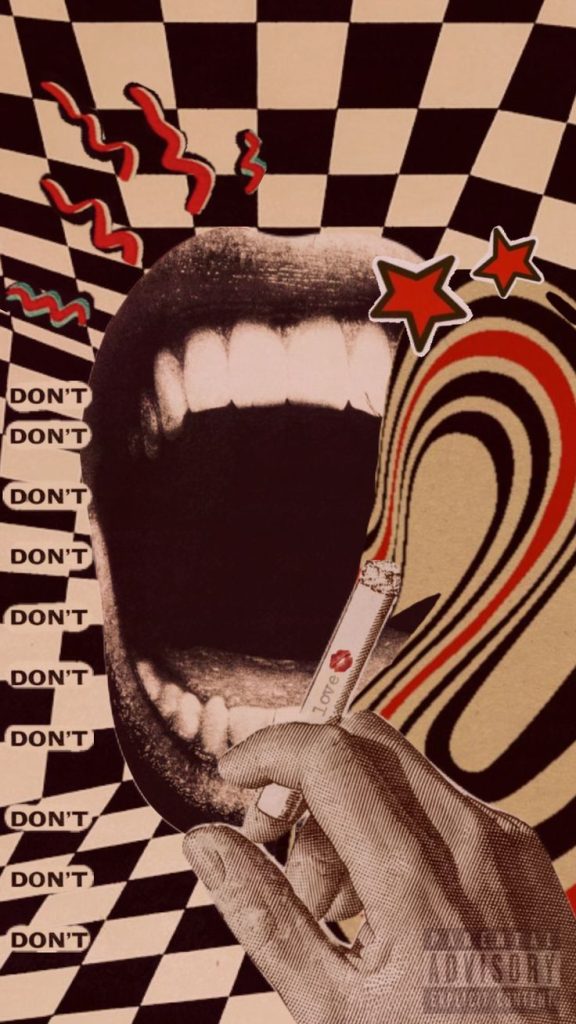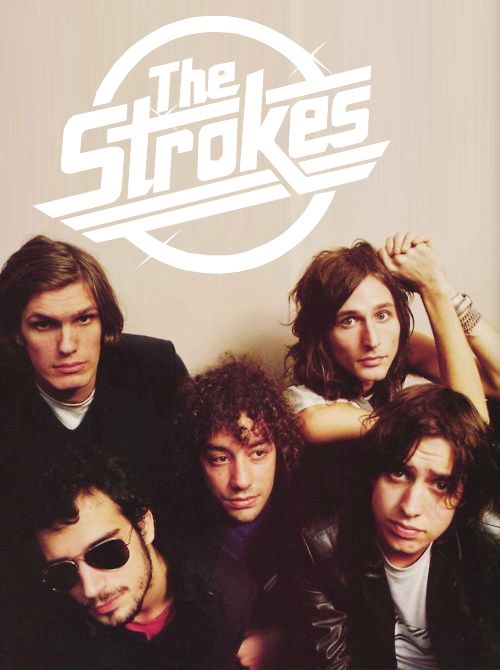he Soundtrack of Independence
Indie rock is a genre that emerged in the late 1970s and early 1980s as a response to the commercialization of mainstream rock. It is characterized by its ethos of independence—both in terms of music production and artistic approach—and its diverse sound, which often incorporates elements of punk, alternative, folk, and experimental rock. Today, indie rock is a thriving global movement, known for its authenticity, innovation, and ability to connect with listeners on a deeply personal level.
Indie rock traces its origins to the late 1970s and early 1980s, with punk rock acting as a catalyst. Bands like The Clash and The Ramones inspired a generation of musicians to create music that was raw, rebellious, and outside the confines of mainstream rock. From this punk ethos grew a desire to experiment with sounds and structures, leading to the rise of post-punk and alternative rock, which heavily influenced indie rock.
The British and American music scenes played pivotal roles in shaping the genre. In the UK, bands like The Smiths and Joy Division pioneered emotionally charged, melodic rock that deviated from the mainstream. In the US, college radio stations became a hub for indie artists, giving rise to bands like R.E.M. and Sonic Youth.
By the 1990s, indie rock had evolved into a distinct genre, with bands like Pavement, Pixies, and Neutral Milk Hotel defining its sound with lo-fi production, quirky lyrics, and experimental instrumentation.

Pioneers of Indie Rock
- R.E.M. – Emerging in the early 1980s, R.E.M. blended jangly guitars with poetic lyrics, becoming one of the first indie rock bands to achieve mainstream success while retaining their independent ethos.
- The Smiths – Hailing from Manchester, The Smiths defined UK indie rock with Morrissey’s introspective lyrics and Johnny Marr’s jangly guitar work. Their influence can be heard in countless indie bands that followed.
- Pixies – Known for their quiet-loud dynamics and surreal lyrics, Pixies became a template for indie rock’s unpredictability and emotional intensity, influencing bands like Nirvana and Radiohead.
- Sonic Youth – Sonic Youth’s use of experimental guitar tunings and noise rock aesthetics pushed the boundaries of indie rock, proving that the genre could be avant-garde yet accessible.
- Pavement – Often seen as the epitome of 90s indie rock, Pavement’s lo-fi recordings, witty lyrics, and offbeat melodies encapsulated the genre’s irreverent spirit.

Deep House’s Legacy
Indie rock remains vibrant and innovative, with a new wave of artists redefining the genre for modern audiences:
- Arctic Monkeys – Starting as a scrappy indie band, Arctic Monkeys evolved into one of the most influential bands of their generation, blending sharp lyrics with diverse musical styles.
- Phoebe Bridgers – Bridgers’ melancholic, introspective songwriting has earned her a loyal following, cementing her as a leading voice in modern indie rock.
- Tame Impala – Kevin Parker’s project combines indie rock with psychedelic and electronic influences, creating a sound that’s both experimental and accessible.
- The 1975 – Known for their eclectic approach, The 1975 mixes indie rock with pop, electronic, and jazz elements, exploring themes of modern life and relationships.
- Japanese Breakfast – Michelle Zauner’s band blends dreamy indie pop with lush instrumentation, tackling deeply personal themes with emotional resonance.
- Fontaines D.C. – This Dublin-based band injects punk energy and poetic storytelling into their brand of indie rock, earning critical acclaim for their raw, gritty sound.
The Legacy and Influence of Indie Rock
Indie rock has become a cornerstone of modern music culture, influencing everything from mainstream pop to experimental art rock. Its ethos of independence and artistic authenticity has inspired countless musicians to prioritize creativity over commercialism.
As long as there are artists willing to take risks and forge their own paths, indie rock will remain a vital and ever-evolving force in music.
